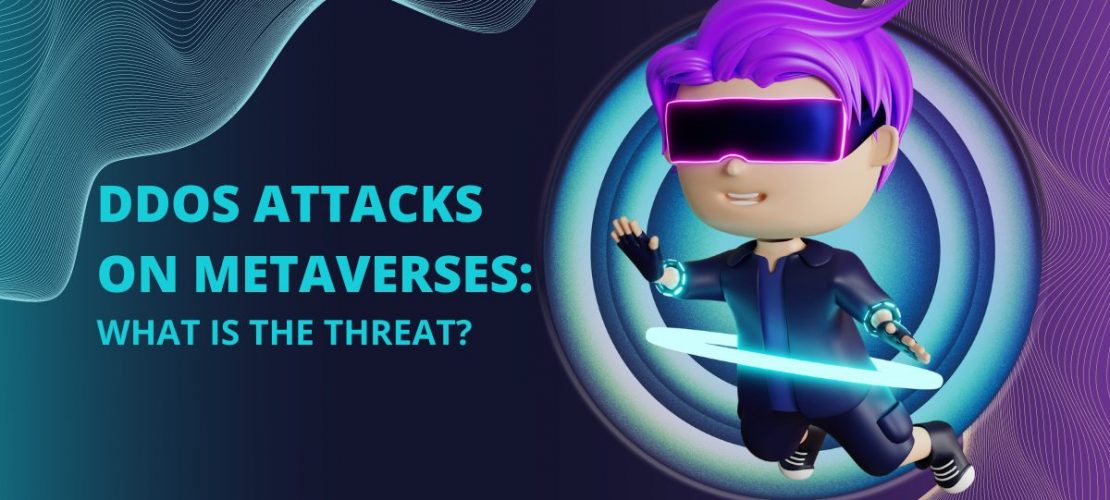Introduction:
The Metaverse is a growing ecosystem that relies on decentralized technology to operate. Unfortunately, this makes it vulnerable to Distributed Denial of Service (DDoS) attacks. These attacks can cripple the Metaverse and leave users without access to their virtual assets. In this document, we will explore how to build resilience in the Metaverse and defend against DDoS attacks.
- Understanding DDoS Attacks: a) What is a DDoS Attack? A DDoS attack is a type of cyber attack that aims to disrupt a website or online service by overwhelming it with fake traffic. b) How DDoS Attacks Affect the Metaverse: DDoS attacks can have a devastating impact on the Metaverse by disrupting transactions, rendering virtual assets inaccessible, and damaging user trust in the ecosystem.
- Building Resilience in the Metaverse:
a) Scalability:
The Metaverse must be able to scale to meet the demands of a growing user base. This requires a robust infrastructure that can handle high levels of traffic and transactions.
b) Decentralization:
Decentralization is a key feature of the Metaverse that provides increased security and resilience. By distributing data and processing across a network of nodes, it becomes more difficult for attackers to target a single point of entry or to compromise the entire system.
c) Content Delivery Networks:
Content Delivery Networks (CDNs) can help protect against DDoS attacks by distributing content across a network of servers. This reduces the load on individual servers and makes it more difficult for attackers to target a single point of entry.
d) Load Balancing:
Load balancing involves distributing traffic evenly across a network of servers. This helps to prevent any one server from becoming overloaded and reduces the risk of DDoS attacks.
e) Redundancy:
Redundancy involves duplicating critical components of the Metaverse across multiple servers. This provides backup systems in the event of a failure or attack. - Defending Against DDoS Attacks:
a) Mitigation Strategies:
Mitigation strategies involve identifying and blocking fake traffic before it reaches the Metaverse. This can be done through the use of firewalls, intrusion detection systems, and other security tools. b) Response Plans:
In the event of a DDoS attack, it is important to have a response plan in place. This should include procedures for isolating the affected servers, identifying the source of the attack, and implementing mitigation strategies.
c) Collaboration:
Collaboration between Metaverse stakeholders, including developers, users, and service providers, can help to identify and respond to DDoS attacks more effectively. - Best Practices for Metaverse Security:
a) Use Strong Passwords: Strong passwords can help to prevent unauthorized access to user accounts and virtual assets.
b) Keep Software Up-to-Date: Keeping software up-to-date can help to prevent vulnerabilities that could be exploited by attackers.
c) Use Multi-Factor Authentication:
Multi-Factor Authentication (MFA) provides an extra layer of security by requiring users to provide multiple forms of authentication before accessing their accounts. d) Practice Good Cyber Hygiene: Good cyber hygiene includes regular backups, avoiding suspicious links and emails, and being cautious about sharing personal information online.
Conclusion:
Building resilience in the Metaverse is essential to defending against DDoS attacks. By focusing on scalability, decentralization, content delivery networks, load balancing, redundancy, mitigation strategies, response plans, collaboration, and best practices for Metaverse security, we can ensure that the Metaverse remains a secure and trusted ecosystem for users to engage in virtual transactions and own virtual assets.




